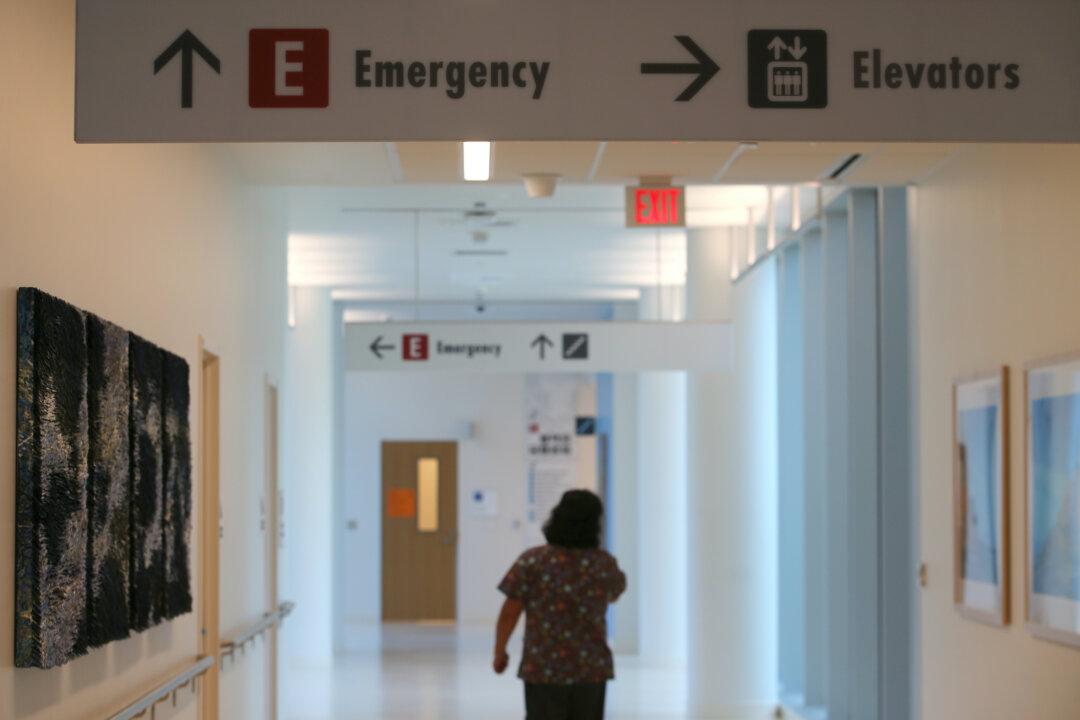BEIJING—By any account, $1 trillion seems huge. That’s the scale of budget shortfalls facing Chinese provinces, reducing their fiscal firepower to fund infrastructure spending and tax cuts, and raising risks for the world’s second-biggest economy in 2023.
The timing couldn’t be worse for policymakers in Beijing, as the economy wobbles under the weight of global recession risks, surging commodity costs, rising geopolitical tension, and widespread COVID-19 lockdowns at home—spoiling the backdrop of a once-in-five-years meeting of the Chinese Communist Party that got underway on Sunday.





